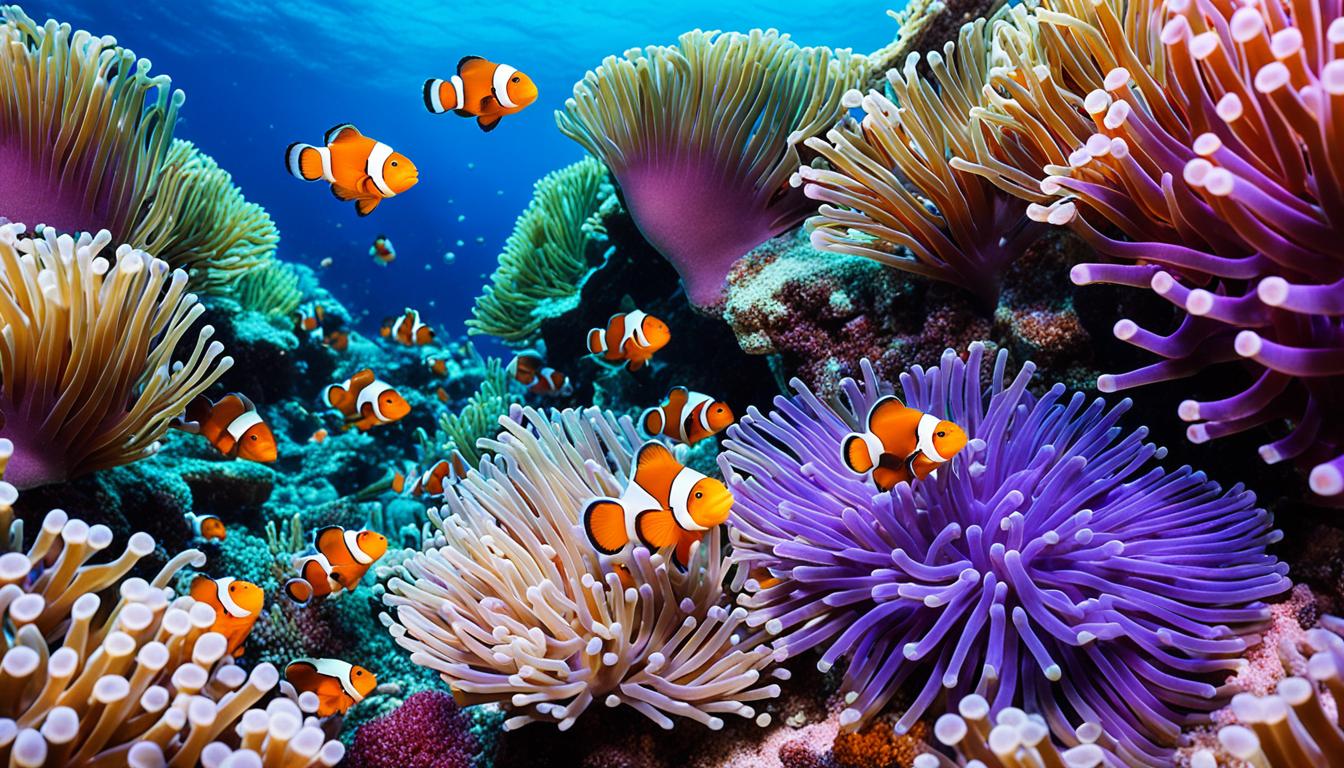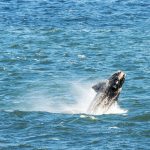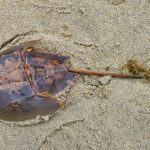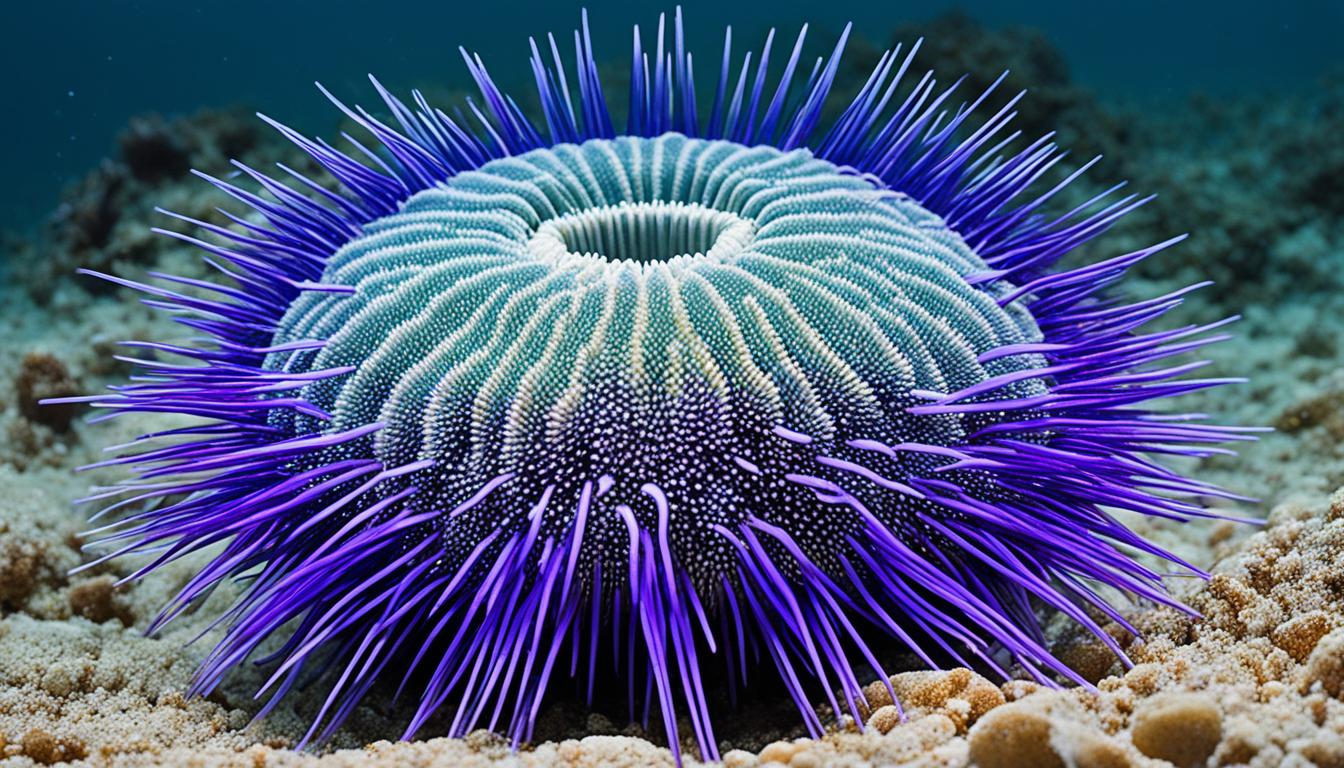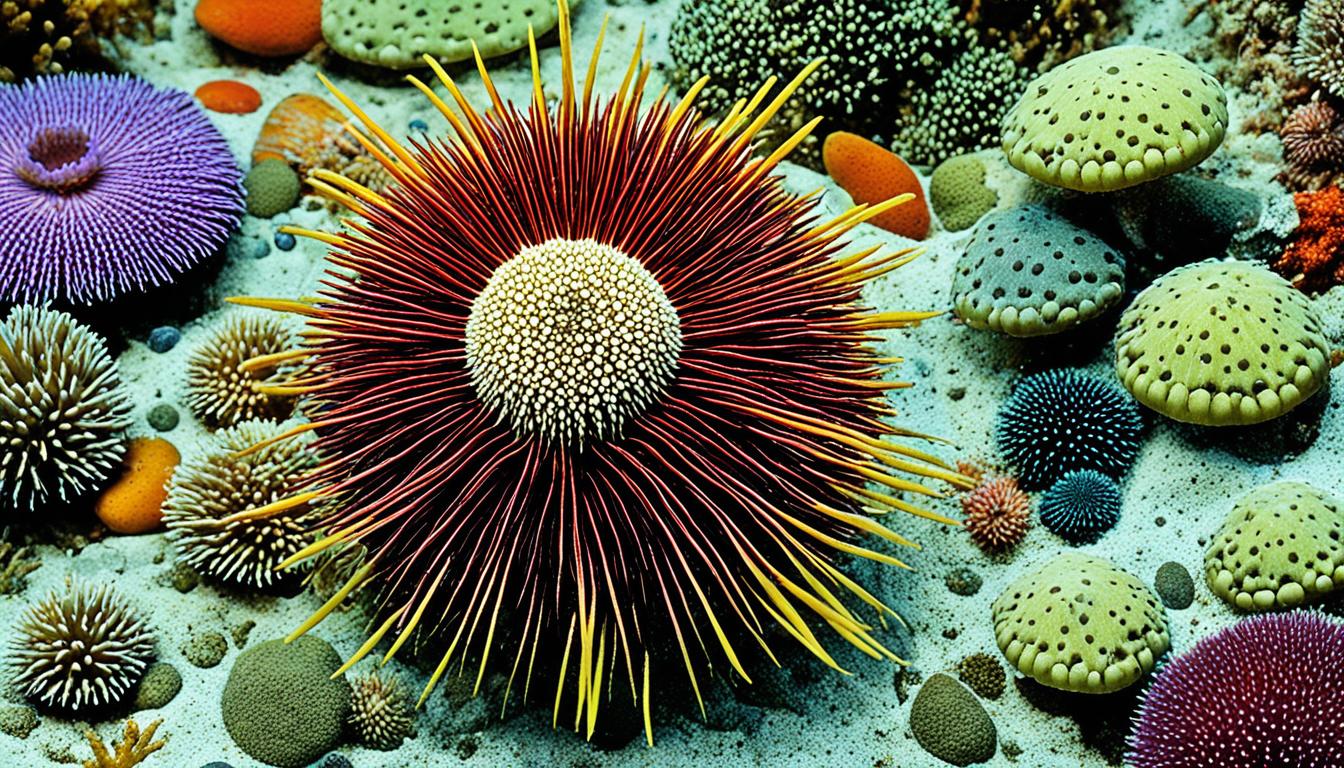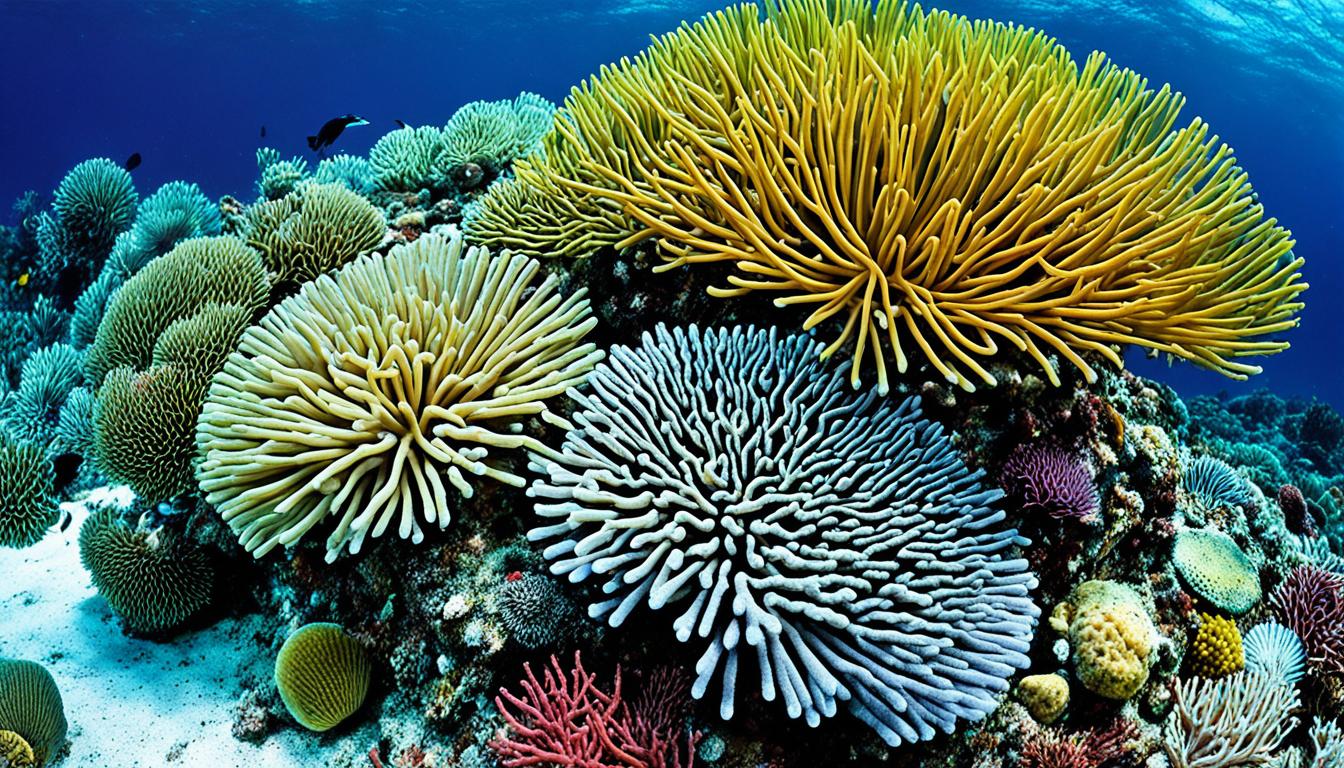Have you ever wondered where clownfish live and thrive? These fascinating creatures, known as Amphiprion ocellaris, call the warm, shallow waters of the Indian and Pacific Oceans home. They live in vibrant coastal ecosystems.
Clownfish are known for their unique relationship with sea anemones. These anemones provide them with shelter and protection. This special bond is key to their survival.
Knowing where clownfish live helps us understand their behavior and why they are important to the ocean. Their homes in the sea show how crucial they are to marine life. This highlights the need to protect their habitats.
Understanding the Clownfish Natural Habitat
Clownfish live in a special clownfish environment that is crucial for their survival. They call coastal reefs and calm lagoons home, where conditions are perfect. These fish prefer depths of 1 to 12 meters (3.3 to 39.3 feet). Here, they find plenty of food and safety from predators.
Clownfish have a unique relationship with sea anemones. They live among the anemone’s tentacles for safety and food. This partnership improves their clownfish living conditions, making sure they have a safe and food-rich home.
The health of clownfish depends on their ocean home. Efforts to protect marine life help keep the balance right for clownfish and their homes.
| Feature | Description |
|---|---|
| Depth Range | 1 to 12 meters (3.3 to 39.3 feet) |
| Habitat Types | Coastal reefs, sheltered lagoons |
| Protection Offered | Security from predators via symbiosis with anemones |
| Food Source | Algae and small invertebrates present in their habitats |
Where do clownfish live?
Clownfish live in the warm waters of the Indian and Pacific Oceans. They are found in tropical and subtropical areas. These fish are closely tied to certain environmental conditions.
Geographical Distribution
Clownfish can be found in many places. They live from the Andaman Sea to northwest Australia, central Indonesia, and the Philippines. They even reach the southern parts of Japan. A rare black type of clownfish is found near Darwin, Australia, showing their diversity.
Depth Range
Clownfish prefer depths between 1 to 12 meters. This shallow area is perfect for their life with sea anemones. They live among the tentacles of their host anemones, which protects them and gives them food.
Clownfish Habitats in Different Oceans
Clownfish live in various oceans, showing their adaptability and specific needs. Each ocean has its own conditions that support different clownfish species. This diversity makes their habitats rich and varied.
Indian Ocean
In the Indian Ocean, clownfish find their home in warm, shallow waters. They love places like the Red Sea and the Great Barrier Reef. These spots have anemones, which are key for their survival.
Their presence in this ocean shows how well they fit into different environments. They live in coral reefs, adding to the ocean’s life and beauty.
Pacific Ocean
Clownfish in the Pacific Ocean prefer living near coastlines. They’re found in large numbers around Australia and Southeast Asia. Places like the northwestern coast of Australia and the coral reefs near Japan are perfect for them.
These spots show how different clownfish species can live in many marine settings. The variety of life in these areas helps keep the ecosystems healthy.
| Ocean | Habitat Characteristics | Notable Locations |
|---|---|---|
| Indian Ocean | Warm, shallow waters; abundant anemones | Red Sea, Great Barrier Reef |
| Pacific Ocean | Coastal reefs; diverse marine life | Northwestern Australia, Ryukyu Islands |
Clownfish Symbiotic Relationship with Sea Anemones
Clownfish live in a special relationship with sea anemones. This relationship is key to their survival. It’s not just interesting but vital for both species.
Types of Anemones
Many anemones are homes for clownfish. The main ones are:
- Magnificent Anemone (Heteractis magnifica)
- Leathery Anemone (Heteractis crispa)
- Giant Carpet Anemone (Stichodactyla gigantea)
These anemones are crucial for clownfish. They keep the clownfish safe and help them grow.
Mutual Benefits
Clownfish and anemones help each other out. Anemones protect clownfish with their stinging tentacles. Clownfish keep the anemones clean by eating waste and removing debris.
This partnership makes the environment better for both. It makes the clownfish’s home more stable.

Clownfish Living Conditions
Clownfish live in warm, clear waters of coral reefs. These environments give them protection and food. They are found in places that have both shelter and food.
So, where do clownfish live? They usually stay close to their host anemones, just 30 centimeters away. This close bond is key for their safety. They hide in the anemone’s tentacles to avoid predators.
Clownfish are very protective of their territory. They keep their area safe from other fish. This shows how important their living conditions are for their survival. It also shows how vital coral reefs are for them.
Common Clownfish Species and Their Locations
The common clownfish, known as Amphiprion ocellaris, is famous for its bright colors and patterns. It lives in the eastern Indian Ocean and western Pacific, especially around Australia. These areas offer rich coral reefs that are perfect for shelter and breeding, helping them survive.
The true percula clownfish (Amphiprion percula) is another well-known type. It lives in shallow waters off northwestern Australia. Its bright colors and love for certain anemones make it popular among aquarium owners. The tomato clownfish (Amphiprion frenatus) lives in the western Pacific and Southeast Asia. It shows how clownfish can adapt to different places.
The maroon clownfish (Premnas biaculeatus) is found in the western Pacific. It shows the wide range of places where clownfish live. Knowing where these fish live helps us understand how they fit into the ocean’s diversity.

